Blog
The Wabi-Sabi Of Tokyo
“The spacious sky
spans serene and clear
so blue above
Oh, that our soul could grow
and become so open“
– Waka by Emperor Meiji
For five days in a row now, I have been roaming the streets of Tokyo. I have walked so much that, at one point, I even thought that the Guinness World Book of Records should have a category for walking the streets and alleys of this, the largest metropolis in the world. After all, the Tokyo metropolitan area covers ‘only’ 13,500 square kilometres. On one of my strolls, I went to an observatory in one of the tallest buildings in the city. From there, as far as I could see in every direction, were buildings of different sizes and shapes, interrupted here and there by large areas of parks, gardens, shrines and temples.
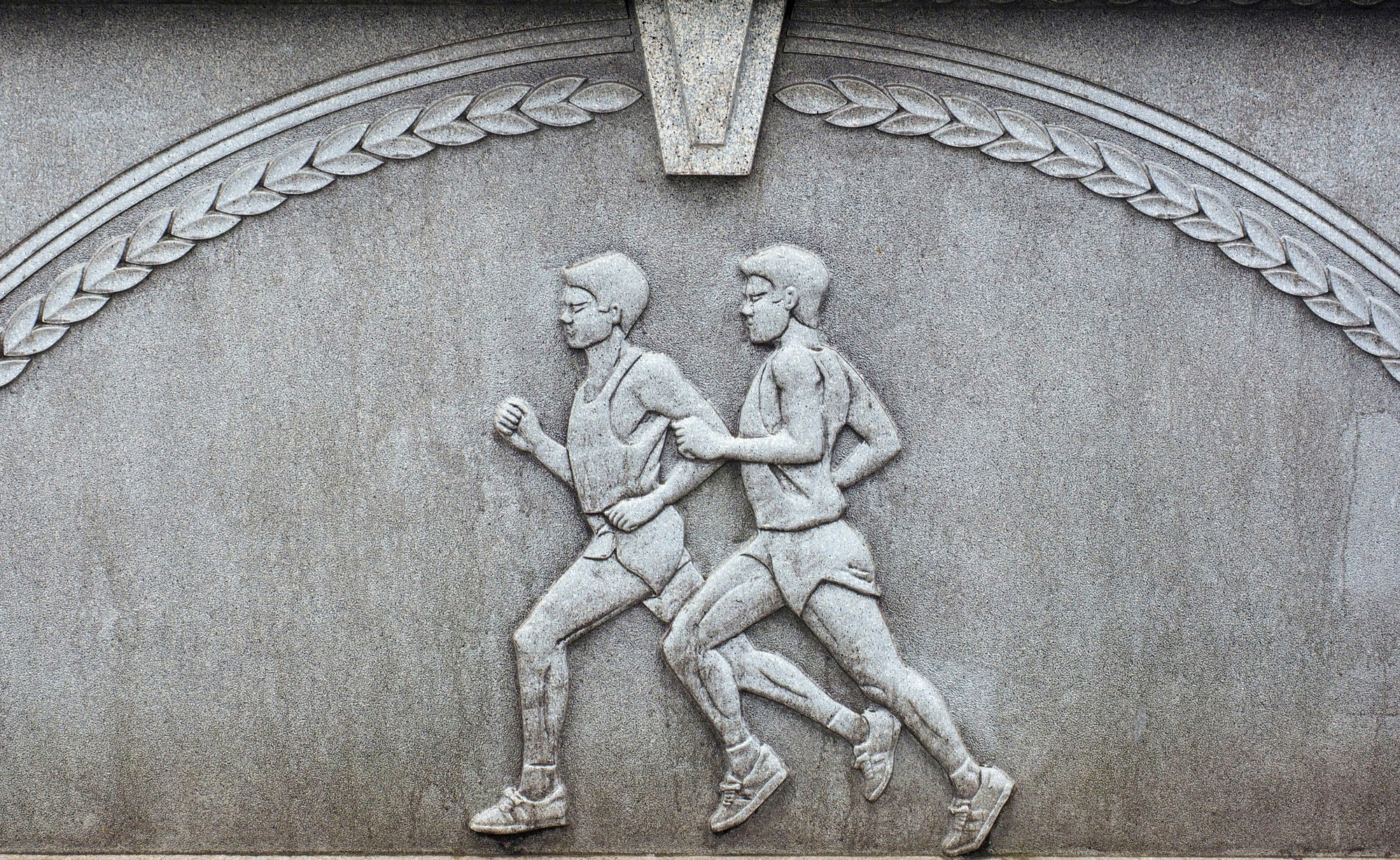
I first became conscious of a place called Tokyo when I was 12 years old. I was obsessed with everything to do with sports and the 1964 Olympics were to take place in that city. In particular, I was awaiting the outcome of the marathon, as I had previously met an Ethiopian runner, Abebe Bikila, who was then the most famous marathoner in the world. In the 1960 Olympics in Rome, Bikila had shocked the world when he won the first ever Olympic gold medal for an African country.
To top it all off, he ran barefoot and, in the process, established an Olympic record. My face-to-face encounter with Bikila, occurred in Kosice, Slovakia where he had come to run in the oldest marathon in Europe. I was loitering at the back of the hotel, hoping that he would actually use the back exit, which, incredibly, he did. To my astonishment, decades later, telling this story in Ethiopia opened doors to ministerial meetings during the 1984 Ethiopian famine and help me get difficult to obtain permits, but that is another story. By that time, Bikila who died tragically after being paralyzed in a car accident, was a national hero.
In Tokyo Abebe Bikila, running four weeks after undergoing an appendicitis operation, shocked the world again and, for the first time in Olympic history, won a second consecutive Olympic marathon. This time he used running shoes. Ever since, I have wanted to come to Tokyo. It took only 59 years! I am finally here and am spending an extra three days in the city as I am joining our second Journey to the East cycling group which just arrived a couple of days ago.
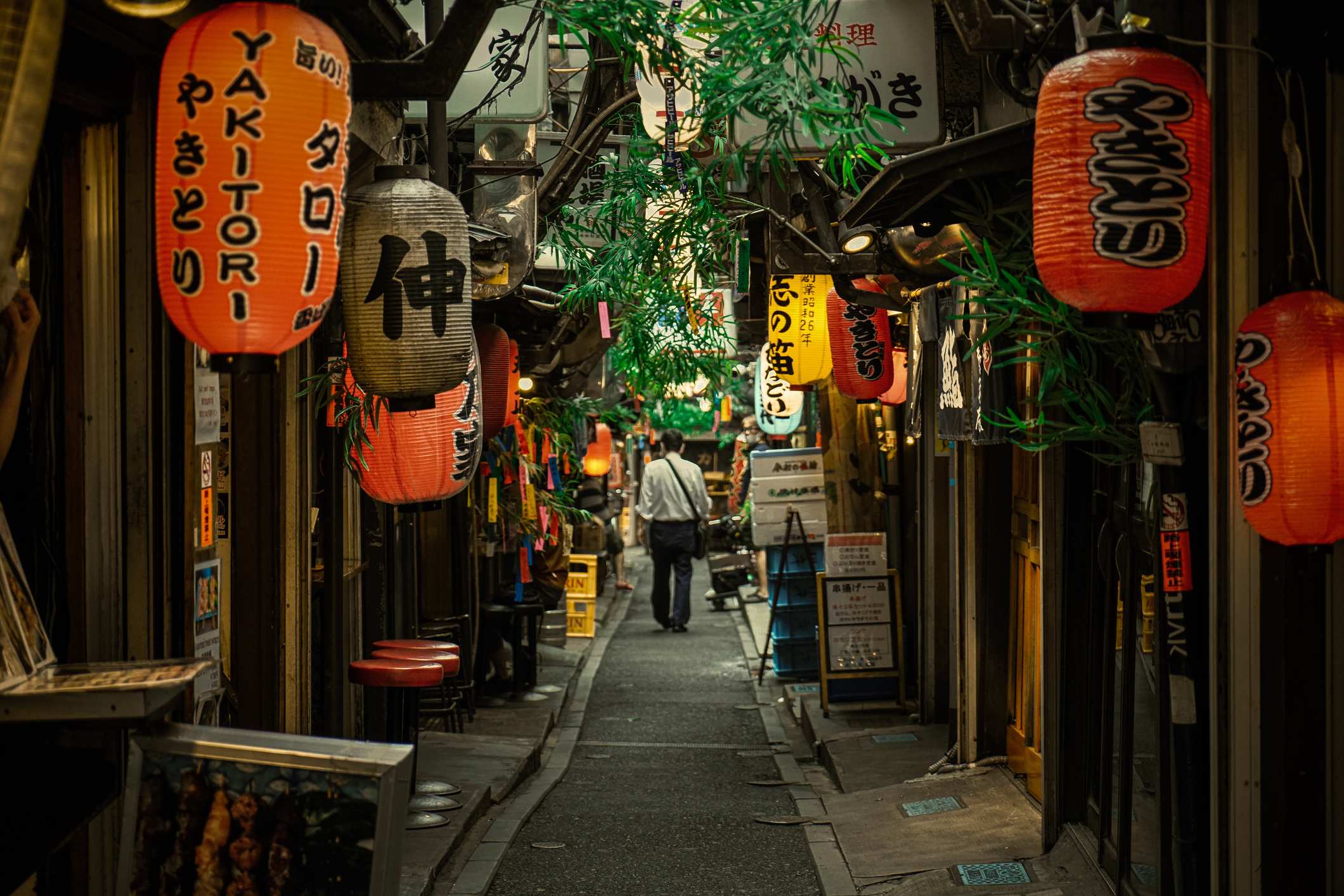
Walking those many miles, I also thought of Anthony Bourdain and his love of Japan, in particular Tokyo. He had stated that,“If I had to agree to live in one country, or even one city, for the rest of my life, never leaving it, I’d pick Tokyo in a second.” Later in life, he added, “I love Tokyo. If I had to eat only in one city for the rest of my life, Tokyo would be it.” It doesn’t take much effort to see why Bourdain loved Tokyo. In another quote he continued, “It’s that densely packed, impenetrable layer cake of the strange, wonderful and awful that thrills. It’s mesmerizing. Intimidating. Disorienting. Upsetting. Poignant. And yes, beautiful.”
Personally, not being a chef, I wouldn’t call Tokyo a layer cake, but it sure is a phenomenal place that one can’t help but admire. A city whose population is the size of the entire country of Canada. In five days of walking and encountering thousands and thousands of people, I saw, all together, two homeless people under one of the city’s many bridges, I saw patient drivers always giving pedestrians and cyclists the right of way, I saw no speeding cars and, in fact, I didn’t see one traffic jam on any of the streets I was on. The public transport system which moves 14 million people on a working day, showed a late departure for a train I was on – a delay of one minute!
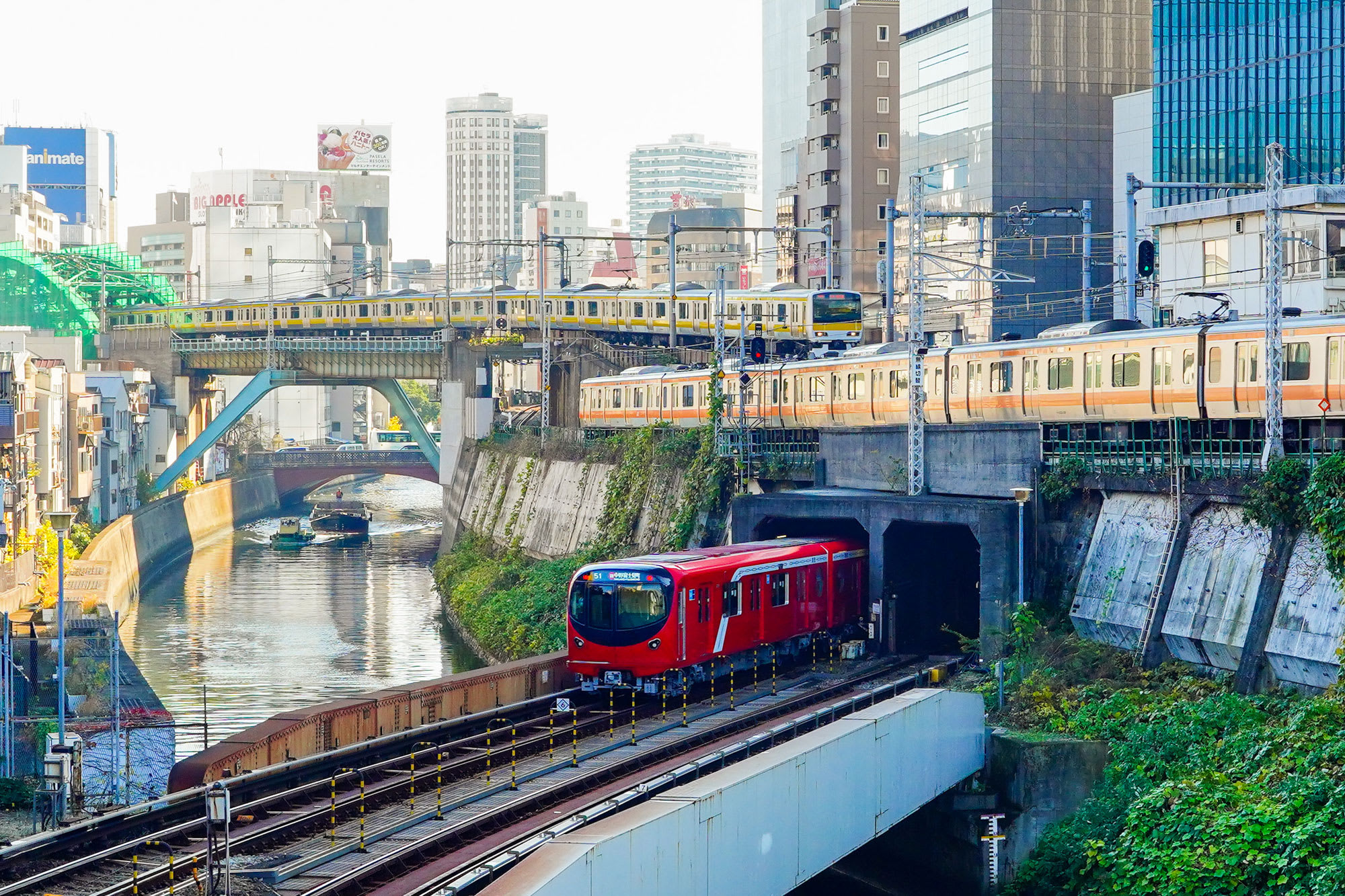
The streets are spotless, public lavatories are always there when you need them. Restaurants by the thousands, entertainment galore, coffee shops everywhere. Leaving the main streets one finds quiet neighbourhoods, complete with wonderful small green spaces and children’s playgrounds. Museums are cheap and parking expensive. In other words, this is a city that works for its large population and the thousands of visitors. The infrastructure to support all of this is enormous and well maintained.
Having had the good luck of seeing a large chunk of the world and its many cities, I ask myself how one can explain this? What makes this place tick? Is it the Shinto-Buddhist approach to life? Is it the traditional Japanese aesthetics of wabi-sabi, defined by Wikipedia, “as a world view acceptance on transience and imperfections“? Frankly, I have no idea, but I sure wish that many people could see this and understand what is possible. I sure am happy that finally, I did.
RELATED
TOUR

Journey to the East
While Korea and Japan are close neighbors, their lands and cultures are completely their own, and cycling across these countries one after the other...
 REGISTER NOW
REGISTER NOW


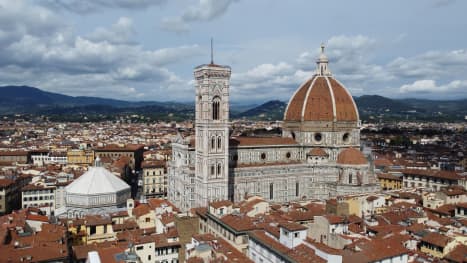
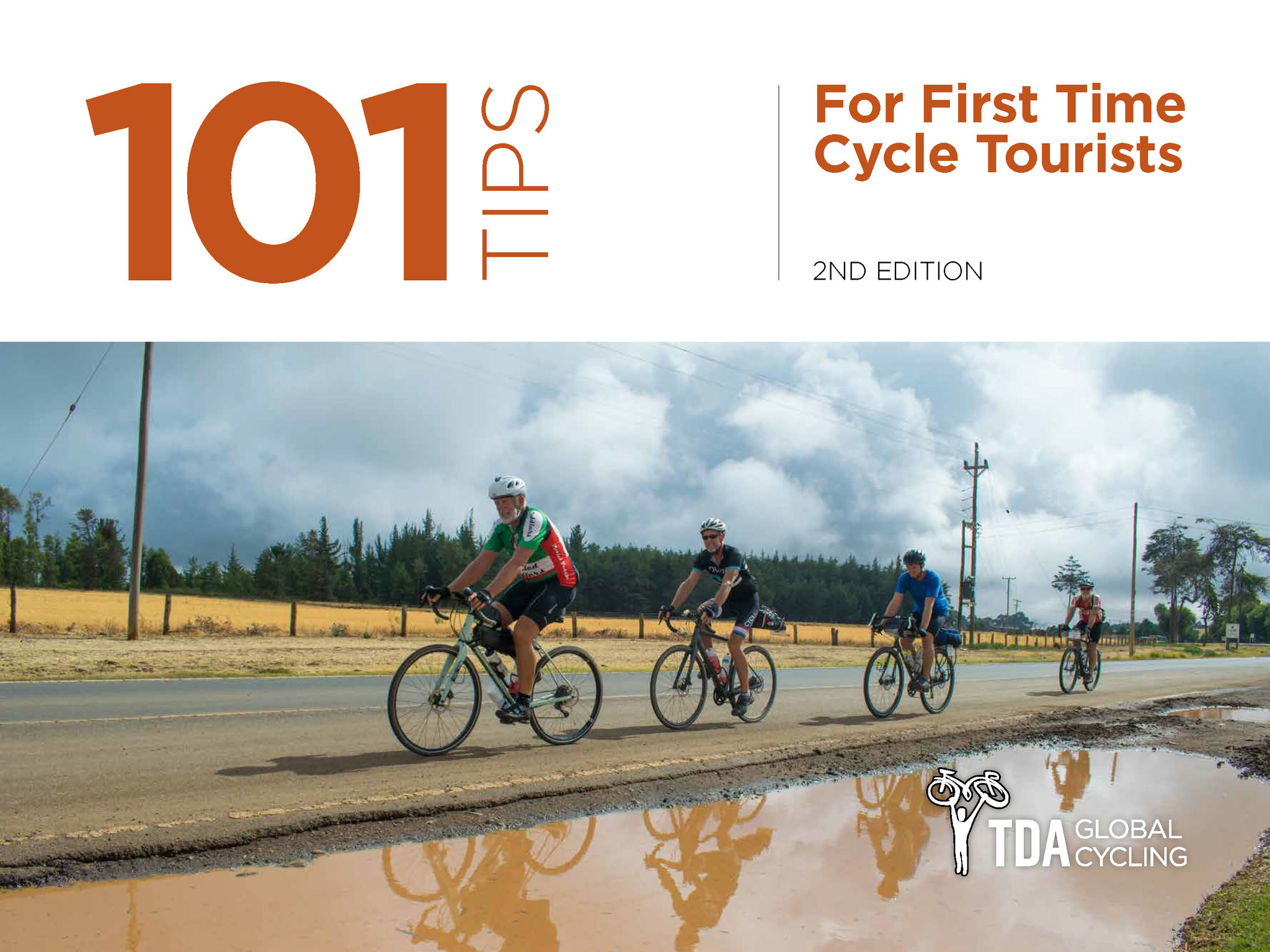
3 Comments for "The Wabi-Sabi Of Tokyo"
I loved every word.
Thanks Henry. You were such a super rider when we met up with you
It was great fun and honour to be with the group.